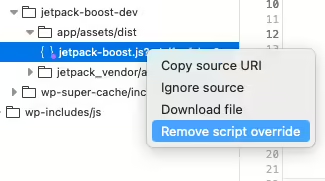X > Y >> Z
Where X is the population of developers who read this blog, Y is those that use Vim and Z is those that use vimdiff regularly. I guess this post will only be useful to a tiny minority of my readers, but to them it might be the best thing they’ve read all year. (Well, it is 2016, right? It’s been a weird year.)
Vimdiff allows you to open two files in Vim and side by side compare them, pushing changes from one file to another. I’ve been using it as long as I’ve been working on b2/WordPress and even before then too. It’s supremely useful.

Over the years I’ve used many different terminals, with various settings and colour configurations. My vim settings change over time too as I move from one machine to another. Sometimes the colours look ok in Vimdiff, sometimes they don’t. Sometimes the colours are ok for one file type while conflicting in others.
The problem is that Vimdiff has it’s own colours it uses to show what parts of the files are different or missing. Those colours can sometimes hide actual text in the files. I find myself highlighting those lines with SHIFT-V to see the text.
I could pick a different colour scheme but then there’s no guarantee that a different part of text will be hidden by Vimdiff’s colour scheme. The easiest way to fix this is by disabling syntax highlighting completely when in Vimdiff and you do it like this. Open up your ~/.vimrc and add these lines:
if &diff
syntax off
endif
With that in there Vimdiff goes from looking like this to the simplified appearance below.


Ironically, the theme I’m currently using in Vim in the screenshots above isn’t that problematic, but here are two screenshots that show the problem from another machine. In the second screenshot I have highlighted (with SHIFT-V) the line with the function name in the left side. As you can see, the text “function” is still invisible in the right side of the screenshot.


If you don’t want to edit your .vimrc for whatever reason you can also manually do :set syntax=off from within the editor but you’ll have to do that for each of your files.
All the code above is GPLed WordPress code. Thanks to user hildred on Stackexchange for that one. Hopefully someone else will find this useful.









